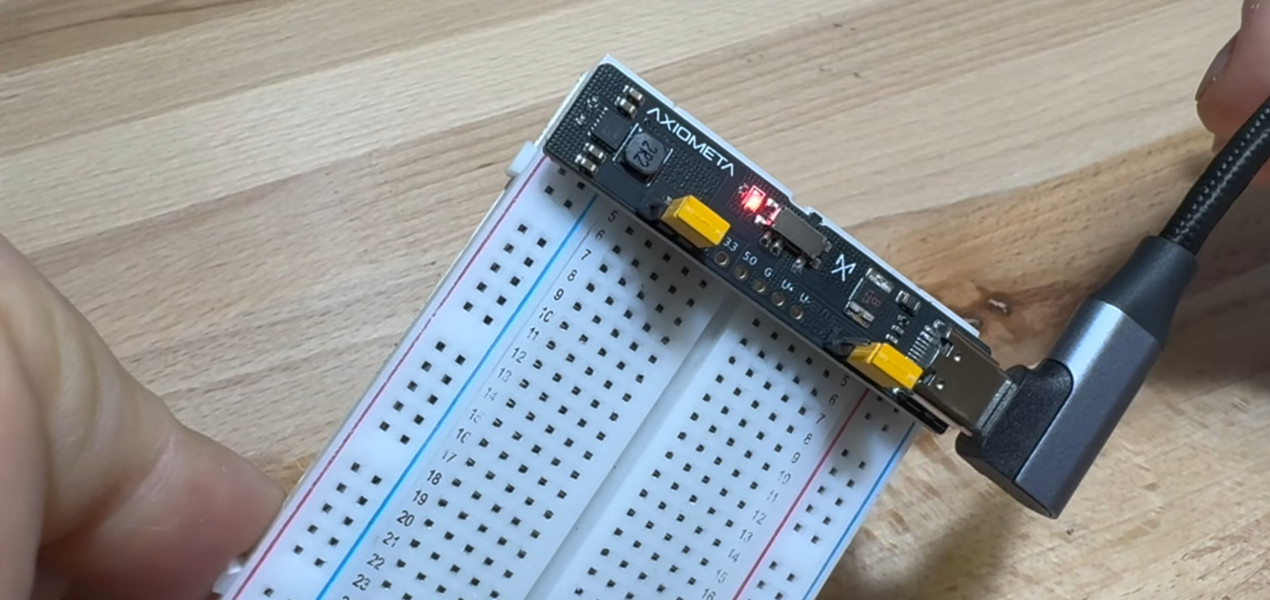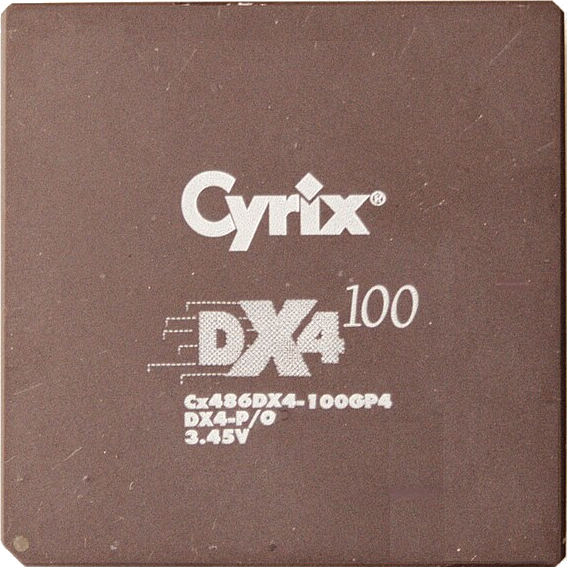Missed opportunity there, not being able to select all the other available USB-PD voltages. Not every circuit runs on 3.3 or 5 V.
Yeah, 9v at the very least, but 15V would be a useful option too.
I’m also just now realising USB-PD doesn’t spec for 12V which feels like an odd omission
Edit:
From the article:
Sure, it wouldn’t be much harder to add support the other voltages offered by USB-C Power Delivery, but how often have you really needed 20 volts on a breadboard? Why add extra components and complication for a feature most people would never use?
My friend, you write for hackaday, this is a weird take
Any sort of op-amp circuit would easily make use of a 15V input, or better yet using the full 20V with a 10V reference to get +/-10V voltage rails for an amplifier circuit.
That is a bit more expensive and complex. Looks like this is configured with a couple of resistors for 5v from USB which is simple to get and a voltage reg to drop down to 3v3 optionally. Full PD requires a chip and active negotiation for higher voltage levels. Though there are chips that do that it does increase the complexity and cost and soldering skills a bit. Might not be worth it if all you work on is 5v or 3v3.
Thats pretty sick!
This is spammy and there are already plenty of USB-C power conversion gadgets, e.g. on Adafruit. No crowdfunding needed.
That’s not what this is…this isn’t a breakout board or a development board. This is just straight up, drop-in power supply for bare breadboards. If you dont know what breadboards are….well…
I know perfectly well what breadboards are. I even remember the Continental Specialties brand. They have power supply strips, like the ones on the edges in this pic. You connect power there.
Tbf, these are slightly different things, the one in the OP hooks up to the standard power “rails” on a breadboard. You don’t need to buy a special one with markings specific to a pi or Arduino (or just learn the pin outs). OP’s also has the benefit of not taking up half a breadboard like your example.
Not saying more similar things don’t exist, but for the example you’ve given I think there’s significant enough differences for them to have distinct use cases.
Agree with what another comment said though in that it would be good to select for higher voltage than 5V.
You connect power there.
This device literally does exactly this, coming from a USB C connector.
This just isn’t general interest technology news, especially since it’s for a vaporware (crowdfunding) product. Might be ok on /arduino or something.
Here’s USB PD to 12 volts (other voltages available too), just wire it to the breadboard:





